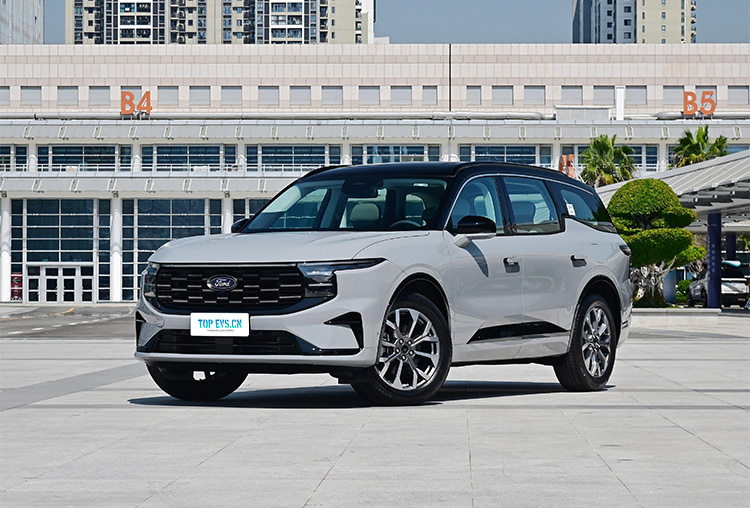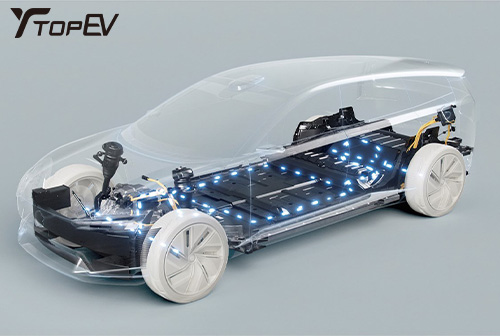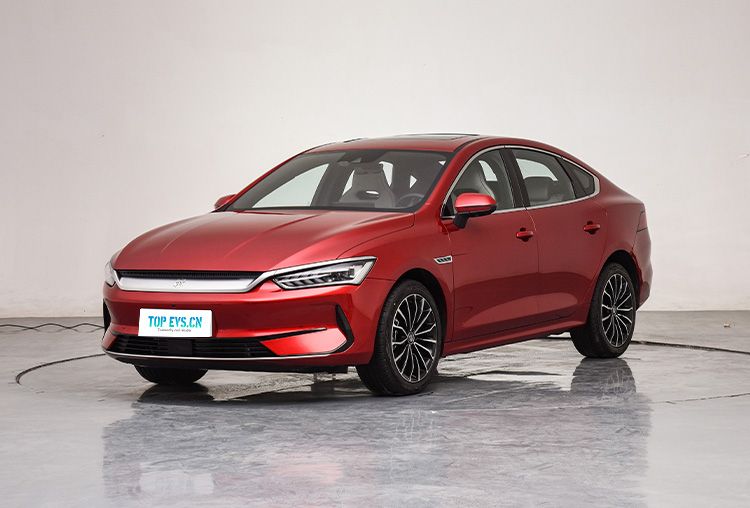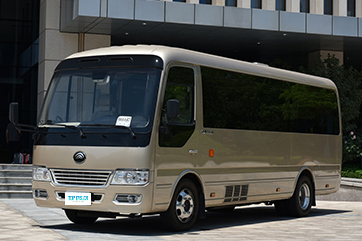Today's new energy vehicle batteries are basically ternary hammer batteries or iron phosphate hammer batteries. The latter generally have a longer lifespan. However, both of these can be called "hammer batteries", and will be referred to as hammer batteries below.
There are two main influencing factors in measuring the battery life of new energy vehicles: the number of charging cycles, and time. In addition, there are several secondary influencing factors, such as average charge and discharge power, battery storage and working environment temperature, and charge and discharge depth.
1. Number of charging cycles. Usually, under ideal conditions, the number of charging cycles can reach about 1,000-2,000 times, and more than 70% of the available capacity can be guaranteed. If it is a PHEV, the mileage of a single cycle is generally about 50-80 kilometers, so before the battery is scrapped, it can be used purely on electricity for about 100,000 kilometers. But because PHEVs tend to have a lot of mileage as hybrids, they can probably be charged based on the number of times they are charged. In any case, the battery capacity of PHEV is small, so the service life is also short. Theoretically, the useful life of PHEV private cars is about 5-10 years.
new
However, the BEV of pure electric vehicles is easier to calculate. Taking the mainstream model with a range of 400 kilometers as an example, it can travel 400 kilometers on a single charge. According to at least 1,000 cycles, the usable life is 400,000 kilometers. If it is 100,000 kilometers per year (operating vehicle), the theoretical life is 4 years. If 20,000 kilometers per year (private car), the theoretical lifespan is 20 years (really?). But doesn’t it mean that 5,000 kilometers per year can last 80 years? This involves the human factor:
new
2. Use time. Usually, as long as the hammer battery is properly maintained, it can be used for 10 years without any problems. At least the battery of my Nokia 3120 mobile phone is still charged till now. If it takes longer, it will be more difficult to say because of various maintenance issues and the decay of the active material of the battery itself [1]. Judging from actual use experience, under proper storage conditions, there is no problem with the calendar life of hammer batteries exceeding 10 years, but it is difficult to say that it will last more than 20 years.
3. Average power of charge and discharge. In short, it is: fast charging affects battery life. What's the impact? Small. But it does have an impact. Judging from various automotive news, if BEV's fast charging accounts for 80% of the total situation, and slow charging accounts for 80%, in terms of battery brightness, the former will be slightly faster, but not obvious. People in the battery industry have also said that slow charging is beneficial to battery life, but the impact of fast charging is not as obvious as imagined. During the normal life of the vehicle, the difference between the two is not very big.

4. Battery storage and operating temperature. Temperature also has a greater impact on battery life. If the battery works below 0 degrees Celsius or above 40 degrees Celsius for a long time, it will accelerate the aging and capacity attenuation of the battery, and this improvement and decrease is currently irreversible1. Fortunately, today's new energy vehicles are basically equipped with battery temperature control systems%, which can enable the battery pack to work at a more suitable temperature.
5. Charge and discharge depth. Although this impact on battery life is a minor factor, it may cause fatal damage to the battery during use. Many people subconsciously think that hammer batteries are not durable and will not last long, which is the impression left by laptop batteries. Generally, the capacity of laptop batteries will be significantly reduced after two or two years of use, and they are often scrapped in the fourth year. In fact, this is not the fault of the battery, but our habit of using laptops. Most people use laptops connected to a power source, which keeps the battery at 100% charge for a long time. From a chemical point of view, this is a high-energy state, like a taut bowstring, which is unstable and relatively fragile. If the battery is in a high energy state for a long time, it will easily lead to the denaturation and deactivation of the active material. Therefore, if you want to extend the life of the laptop battery, a better approach is to set the charging value %[3] like Thinkpad (the charging will only start when the battery power is lower than a certain set value, such as 70%, so Give the battery time to rest, disconnect the power supply appropriately, and only use the battery for power. But new energy vehicles do not have this problem, because the car cannot always be 100% charged. So don't worry too much about this.

But what cars need to worry about is the other extreme: depth of discharge. . Although the hammer battery has a long life, it cannot withstand over-discharge, especially deep discharge. What is deep discharge? It means that the power is used below 5%, or even below 0%. Deep discharge% is like starving normal people for a day or two. Staring for a day or two will not kill them quickly, but if you do it for a long time, it will have a great impact on your health. And if the battery is kept below 5% without charging for a long time, the battery will be directly "starved to death" and there will be no hope of "resurrection". If you leave it for half a month after deep discharge, don’t worry, the battery life will end immediately.
However, under normal circumstances, no one would do this. It is recommended that the charging and discharging interval be above 20%; if it is occasionally used below 10%, charging in time will solve the problem.
Therefore, under normal use, the battery life of PHEV is 5-10 years, and the battery life of BEV is 10-20 years. The larger the battery capacity, the longer the pure electric cruising range, and the longer the battery life.





.jpg)
.jpg)
.jpg)

.jpg)






